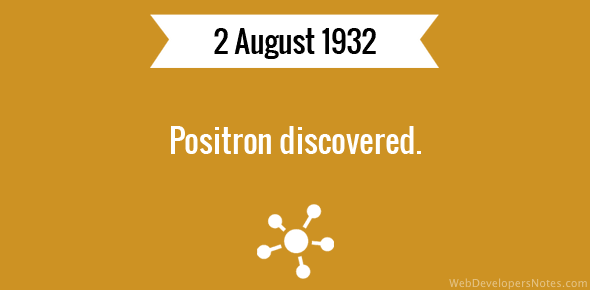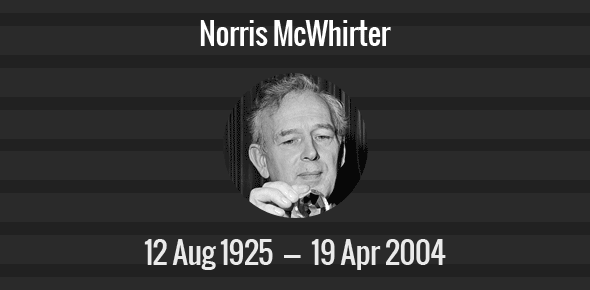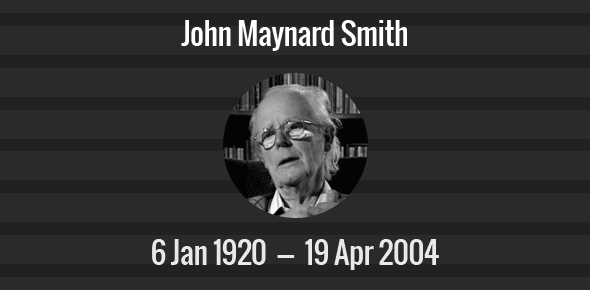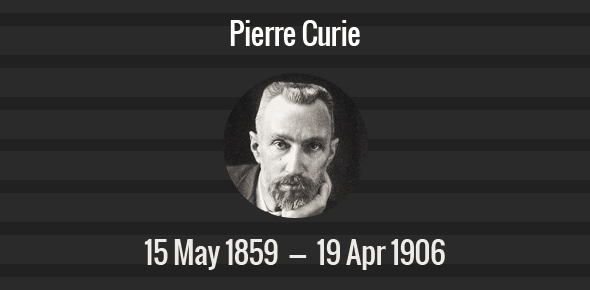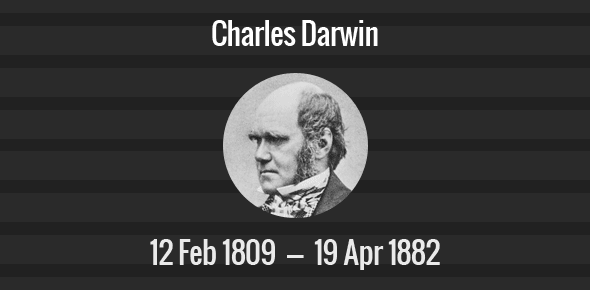The positron was discovered on 2nd August 1932. The elementary particle is the antiparticle of the electron. It has the same mass as an electron though it carries a positive charge of +1 e. Its symbol is β+ or e+.
The positron was discovered by Carl David Anderson, an American physicist, when analysing the tracks left by a particle in cosmic rays in the cloud chamber. Though the discovery of the elementary particle was announced in 1932, Anderson provided further proof using gamma rays from a radioactive material to produce positron-electron pairs. The 1936 Nobel Prize in Physics was shared between him and Victor Hess, the discoverer of cosmic rays.
The positron was theorised originally by Paul Dirac, an English physicist. Dirac, who won the 1933 Nobel Prize in Physics (with Erwin Schrödinger), had described the behaviour of fermions and the existence of antimatter with his Dirac equation.
